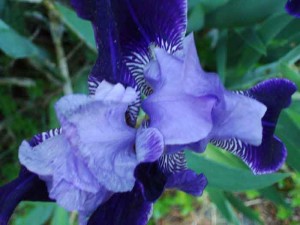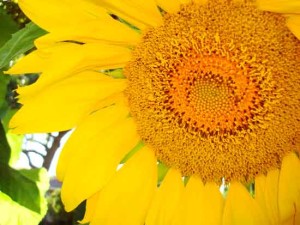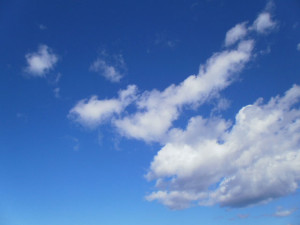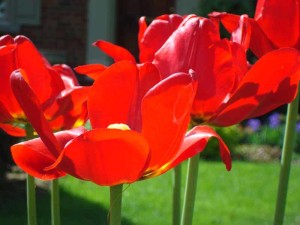About Colour: Green
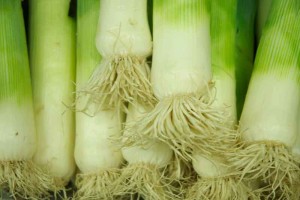
About Green
Green is the colour of the vegetable realm. It represents fruitfulness, prosperity, tranquility, vitality, youth, longevity, harmony, life, balance and the environment. It relates to going forward, and safety. This colour is linked to our traffic light system – “Go”. When green inclines towards yellow we think of Spring and early Summer bringing forth hope, joy and the buds of new growth. On the other side of the scale its negative meanings are envy, greed, jealousy, immaturity, inexperience, naïve, gullible, ignorance, juvenile, and illness.
Green in Different Cultures
- In Western culture: Green means Spring, new birth, go, money, St. Patrick’s Day, Christmas combined with red. It also means luck as symbolized by a green shamrock, and eco friendliness. A plot of grassy land, the Green party
- Ireland: Irish Catholic nationalists
- Eastern: Eternity, fertility, family, health, prosperity, “clean, and contamination free” and peace
- Egypt: Green is a sacred color representing hope and joy of Spring
- China: Green hats imply a man’s wife has been unfaithful (infidelity). In the Ming Dynasty green was the colour of the heavens.
- India: The colour of Islam, new beginnings, and harvest
- Native Indians: Of Face paint – nature, harmony and healing and of War Paint – endurance. The Apache tribe considered green to represent one of the four sacred mountains.
- Indonesia: a forbidden colour
- North Africa: corruption
- South America: death
The Theory of Green
- Green is a secondary colour located midway between the primaries yellow and blue on the colour wheel. Yellow and blue mixed create green.
- It’s character of expression changes depending on the ratio of these primaries in the mixture. This ratio will reflect its colour temperature.
- More yellow makes green lighter and more blue makes green darker.
- The range of different greens is wide. There are lime greens (yellow-greens), jade greens, aqua greens, turquoise greens, and emerald greens.
- A little red and a large area of green will make the red energetic and lively.
- A little red added to green will dull the green making it less intense descending into a gray-black. This will happen with any complementary pair.
- A high percentage of men are genetically red/green colour-blind and have difficulty distinguishing some greens.
A Poem About Green
“What is Green?”
Green is the colour between blue and yellow.
Green is the grass that makes me mellow.
Green is a sign of buds in Summer.
Green is an emerald for a lover.
Green practices are environmentally beneficial.
Green with ivy is superficial.
Green is the colour of Kermit the Frog
Green is not the colour of a sheep dog.
Green is harmony, life and balance.
Green around the gills is a challenge.
Green is the smell of pine needles burning.
Green is a sign of Spring returning.
Author: Donna Wilson
Stay Connected: In future blogs I will discuss more on the topic of colours. Do check out my website at www.donnawilsonartist.com

